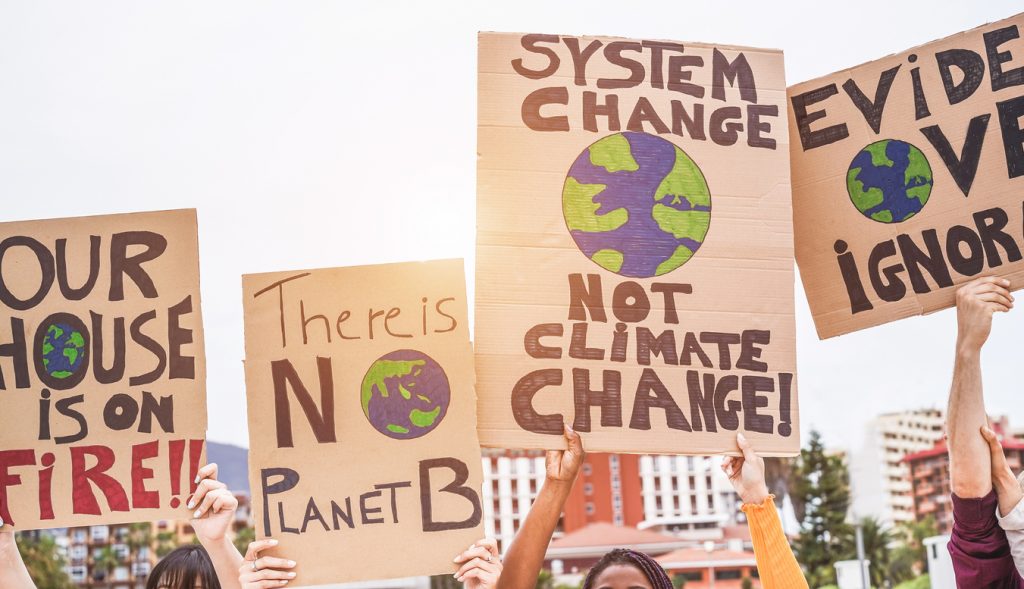Everyone is now aware of the fact that tourism is contributing to the uncontrolled emission of greenhouse gases into the atmosphere. Ever since tourism became a mass consumer product, the world of transport and especially aviation, the most polluting form of transport, has experienced exponential growth. Collective awareness of the climate threat has led to new terms like anti-flying, and many people are looking for other travel alternatives when going on holidays. Will the way we travel change in the coming years? Does the concept of an environmentally conscious tourist exist? Which means of transport are the most polluting?

A growing number of people disapprove of using planes, the most polluting means of transport on the planet, for short journeys that can be covered by bus or train.
Is it ethically and environmentally responsible to take a 40-minute flight when travelling short distances on the same continent? Well, there are already people who avoid travelling by plane at all costs in an effort to mitigate climate change.

A relatively new word has emerged in Sweden, the homeland of the world’s best-known climate activist, Greta Thunberg, that is “flygskam”, which can be translated as “flight shame”.
According to data from SAS, the leading Scandinavian airline, flight shame has resulted in a 5% drop in air traffic in Sweden in the first quarter of this year.
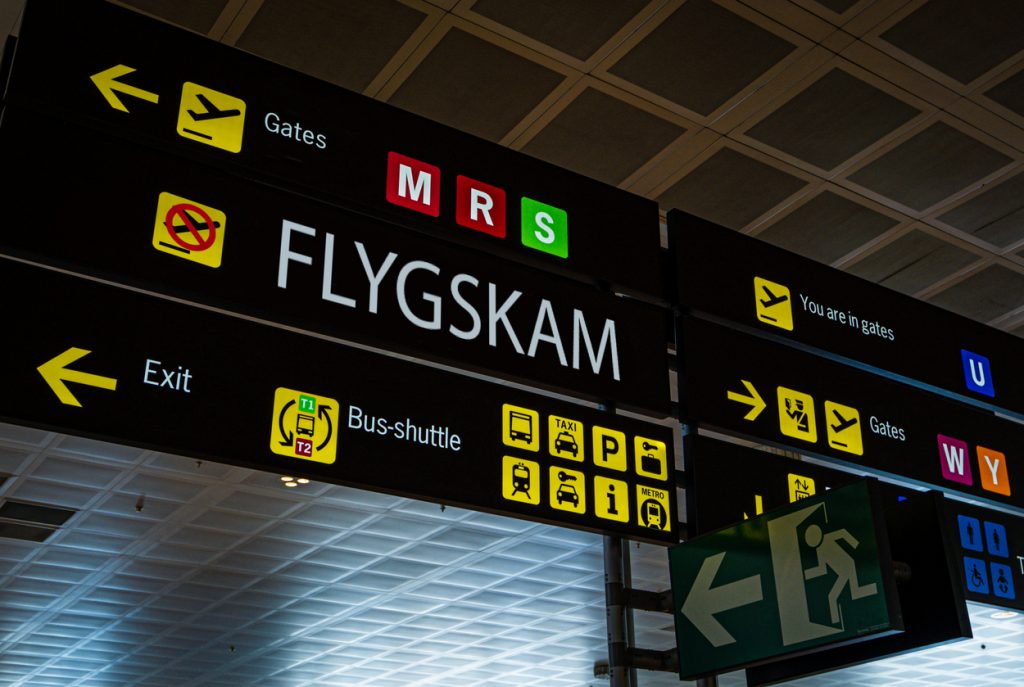
The idea was originally championed by the well-known Swedish athlete Björn Ferry and has now gained more momentum thanks to the teenage activist Thunberg. Both have stated that they will never take a plane again.
According to data from the World Wildlife Fund (WWF), today, 23% of Swedes have stopped taking flights to reduce their carbon footprint when travelling.
The anti-flying movement is also active in other parts of Europe. In Britain, there’s the Flight Free UK campaign, while in Spain, people are starting to use the slogan “quédate en tierra” (stay grounded).
In a recent study carried out in Spain, under the name “Weekend tourism habits and trends”, more than 1000 people were interviewed, and 45% of those surveyed said they would be open to travelling and booking holidays without travelling by plane, while 28% said that they were not at all aware of the issue.
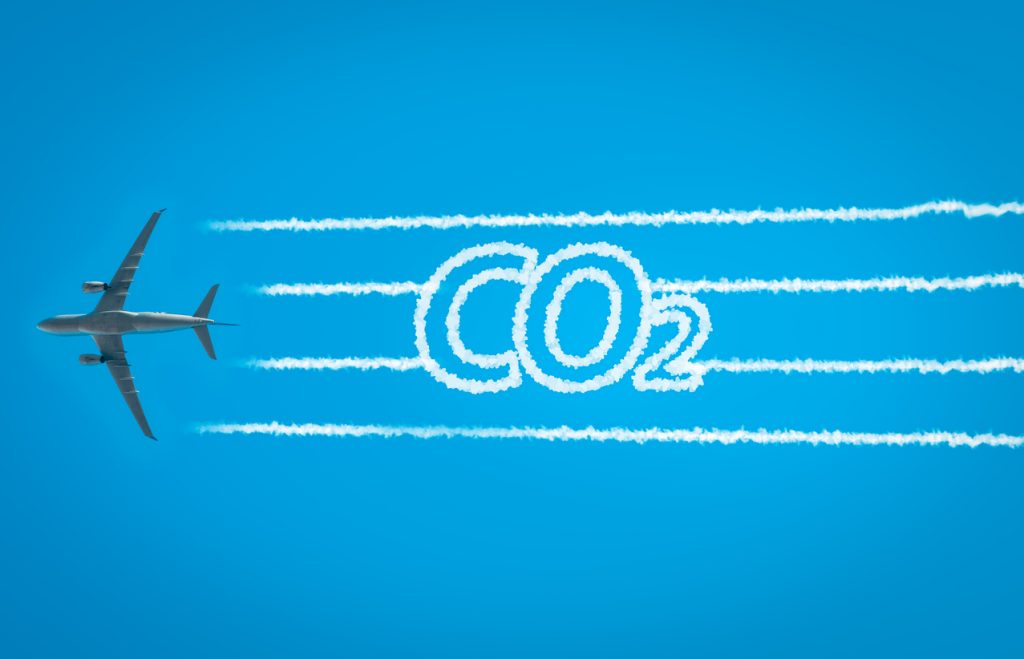
Mesa del Turismo, a private organisation, composed of Spanish tourism companies, expressed growing concern by saying anti-flying and flight shame are now demonising the concept of travel.
It admitted that tourism is partly responsible for the impact on the environment, but asked people not to jump to conclusions; the airline industry accounts for between 2 and 5% of CO2 emissions, which it feels is very little compared to other sectors like livestock raising, internet shopping and courier and parcel services.
Climate Summit
The tourism industry isn’t the only one dodging the issue. Countries participating at the recent climate summit in Madrid (COP25) are also guilty of doing the same.
International media stated that the summit failed in its objectives and aspirations, which can be seen in the deep divide between the actions of governments and scientific knowledge on the climate crisis.
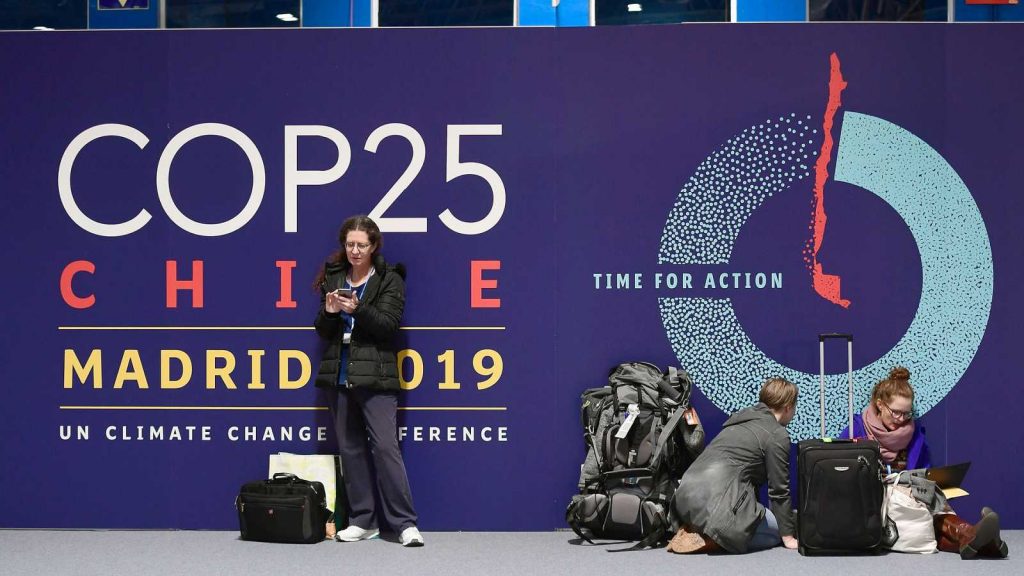
Negotiations broke down at the summit and ended without an agreement on the global carbon market rules of the Paris Agreement, although the participating countries agreed on a text with some rather vague pledges to make more ambitious efforts to combat climate change. This issue will be addressed again at the next summit in Glasgow, in November 2020.
And given that the summit involved 200 countries that had to agree on a single text, this can be seen as a breakdown in multilateralism.
The scientific community highlighted in its studies and reports that 2019 will be a record year for rising temperatures and CO2 emissions will once again reach a new all-time high.
Germany, France, Spain and the UK were some of the 84 countries pledged to increase their anti-global warming targets in 2020. Among them are. The bad news is that the most polluting countries on the planet, the US, China, India and Russia, which together account for 55% of global greenhouse emissions, have not shown any signs of collaborating to achieve more ambitious targets.
Most polluting forms of transport
Means of transport and their level of contamination are currently a hot topic of debate regarding tourism’s role in climate change.
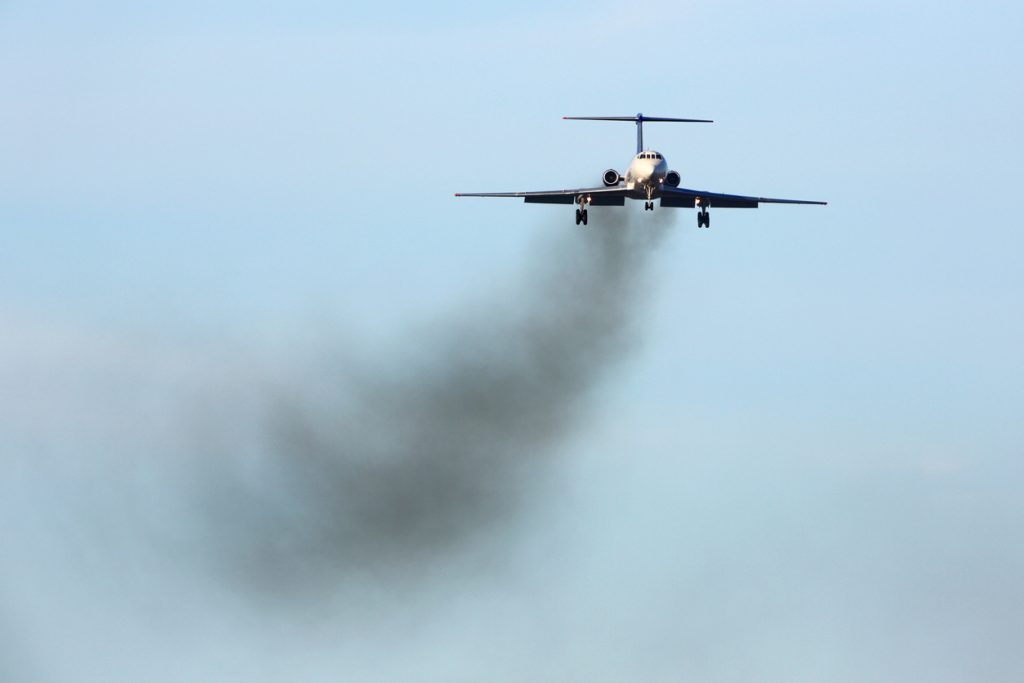
The actions of Greta Thunberg, who crossed the Atlantic by boat instead of flying, have enjoyed great media attention. While, other celebrities, like the Dukes of Sussex, have received criticism from environmental activists for their recent private jet trips to the south of France and Ibiza.
According to data from the International Air Transport Association (IATA), aviation accounts for 2% of the global CO2 emissionsthat contribute to global warming. However, it’s also true that other sources raise this percentage to between 3 and 8%, so the numbers fluctuate a little depending on who publishes them.
The IATA also reported that the number of air travellers could double to 8.2 billion by 2037.
More fuel is used during takeoff than when travelling at cruise-speed. This means a higher proportion of the fuel used in the total journey for short flights and less emissions for direct flights that those with several stopovers.

Newer aircraft models are more efficient, and some routes are better for filling seats and, therefore, reduce the carbon footprint per person. The emissions per passenger is the key to determining which means of transport is the most polluting.
We can also see conclusive data that private jet flights are the most polluting of all as emissions are divided between fewer people on these small aircrafts.
Travelling by train is much less polluting than taking a flight.In the hypothetical case of a trip from London to Madrid, 43 kg of CO2 would be emitted per passenger, while on a plane it would be 118 kg, according to data from the EcoPassenger website.
Cars also emit less carbon dioxide than planes, with electric vehicles coming out on top ahead of petrol or diesel models. Yet, it’s important to remember that an important factor in calculating the emissions from cars depends on the number of people travelling in them.
If there’s only one person in the car on a journey from London to Madrid, then the carbon footprint is greater than travelling by plane.However, by adding just one more person to the car, the results change dramatically and it much less polluting. Now, imagine if we talked about making the same journey by bus.
Regarding ships, emissions figures for ferry trips are just 18kg of CO2 per kilometre per passenger, which is much less than taking a bus according to data from EcoPassenger.
Spain and the threat of climate change
It’s a scientific fact that climate change will hit Spain harder than other European nations.Water will be scarcer and beaches, one of its main attractions, will recede putting tourism in great danger.
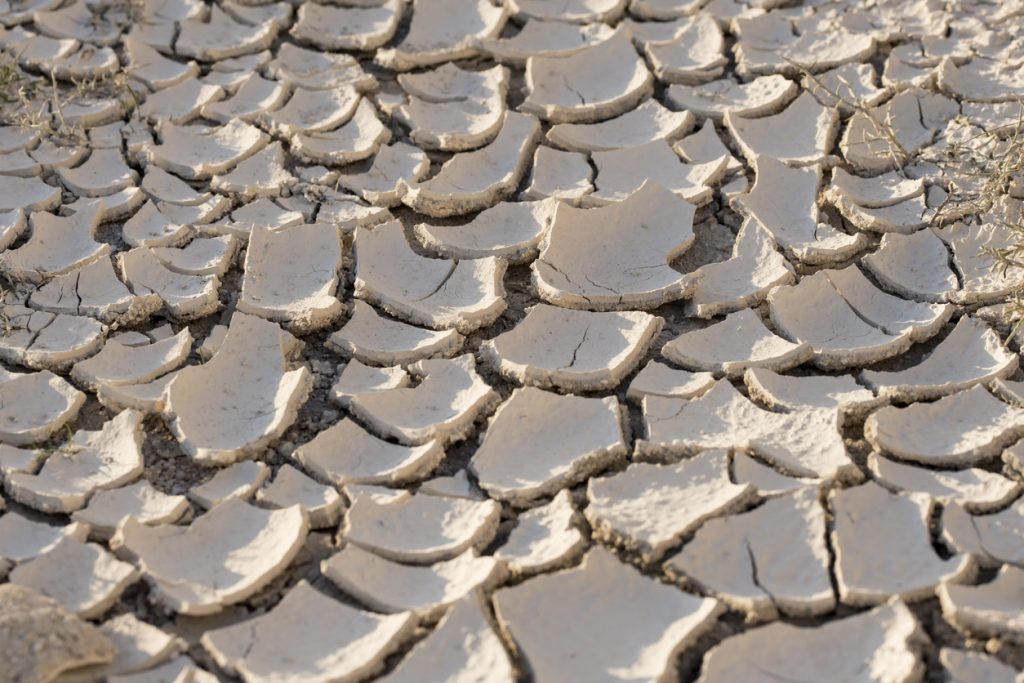
Spain is at risk of becoming an extension of the Sahara in Europe. Already, today, strong winds affect Spain’s primary source of income, tourism.
Ecological voices forcefully criticise the high levels of water consumption in hotels and golf courses. Water treatment is also a major problem. Tourist areas like the Canary Islands, Mallorca and Benidorm use filtered tap water. 750 desalination plants pump salt into the ocean after human consumption, and this, of course, changes the underwater landscape near the coasts.



